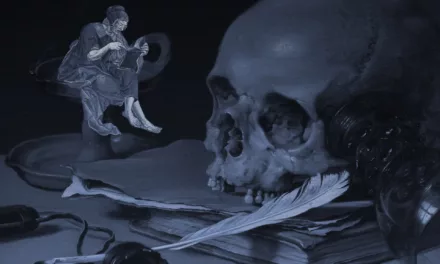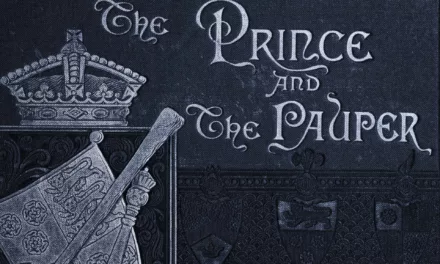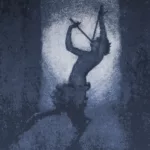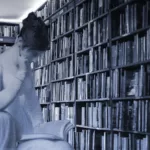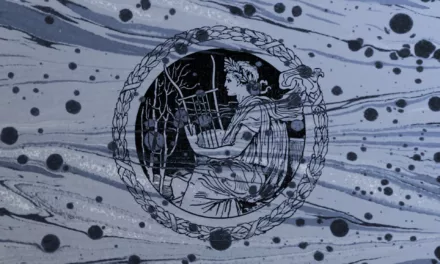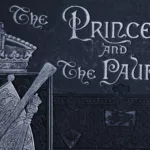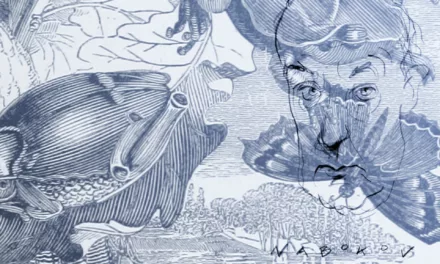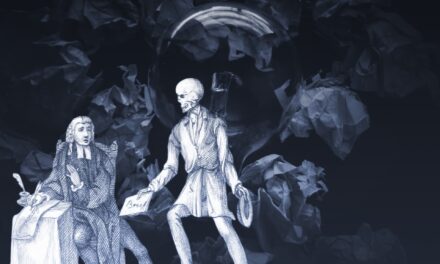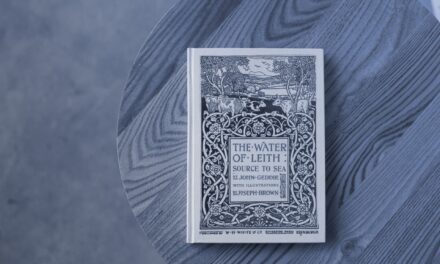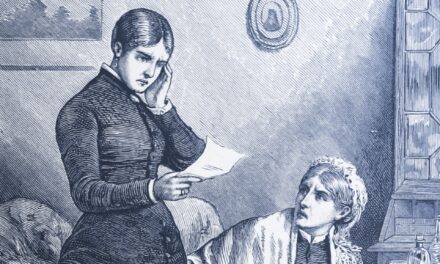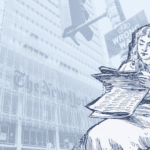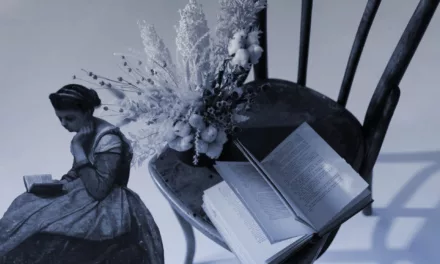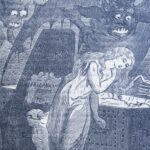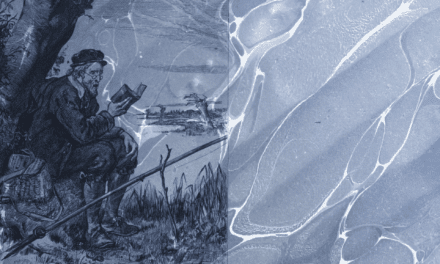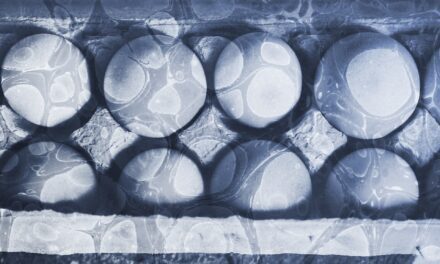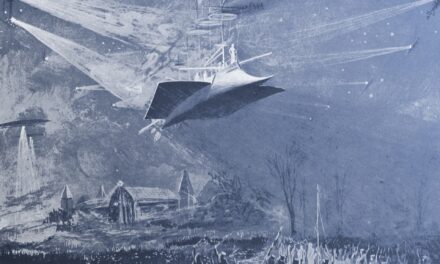
Seven Types of Imagery to Bring Your Story to Life
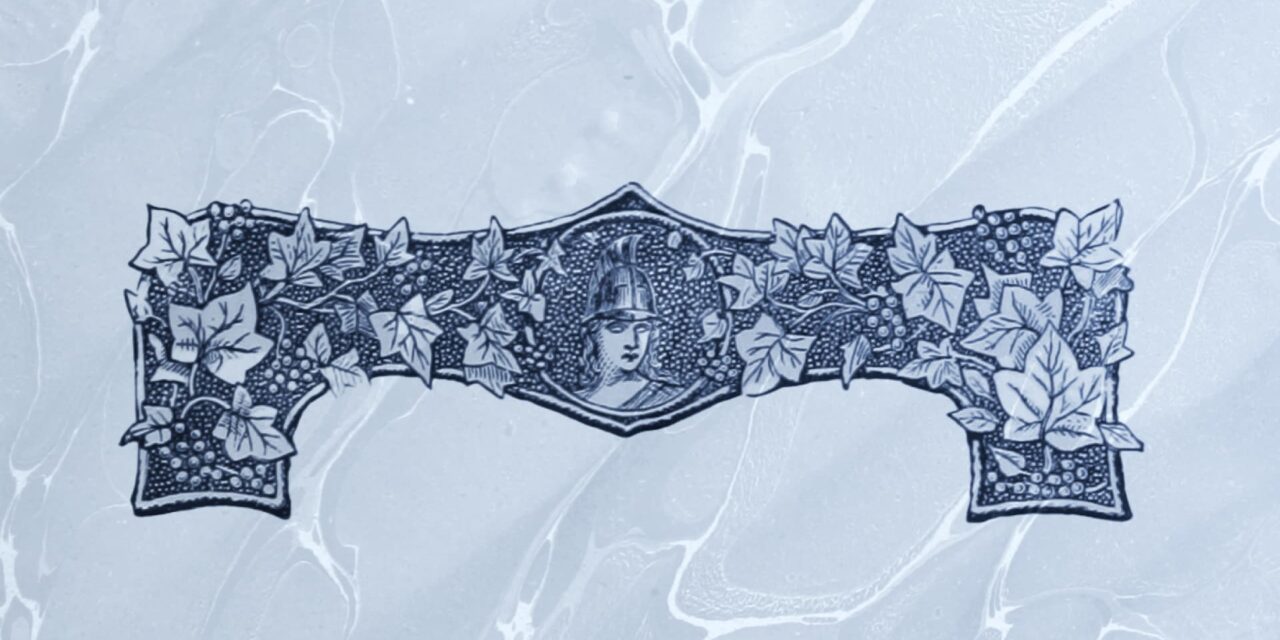
Have you ever read a novel that made you feel like you were right there in the heart of the story? Whether it’s a breakneck action scene, a touching love scene, or a moment of introspection, powerful imagery can be the key to bringing your story to life.
What many new writers don’t realise is that there are several types of imagery. By mastering these forms and using them in fresh, unique ways, you’ll ensure your reader stays riveted long past bedtime.
Here are the seven different types of imagery you can incorporate into your writing.
Visual imagery
Visual imagery involves descriptions of the things we see. People tend to fall back on this imagery most often in their writing because, for most human beings, our eyes are our dominant source of sensory input. Visual imagery can involve shapes, colours, the way light reflects or is absorbed, the intensity of light or darkness, or textures. You can also explore the relationship between certain images or objects.
To use visual imagery effectively, try to zoom in on precise, often-overlooked details that add realism to your story. For example, a lipstick stain on a coffee cup, pencil markings in an old book, or tattered threads where a pair of jeans is starting to wear away.
Auditory imagery
Auditory imagery involves descriptions of the things we hear. In our modern landscape, the world is rarely silent. If we’re in the city, we might hear traffic, live music spilling from pub doors, and voices of friends walking from one destination to the next. In more rural environments, we might hear sounds of the natural world: animals, wind in the trees, the creaking of old wood.
We also carry sound with us all the time: our voices, our breathing, the sound our shoes make on pavement or linoleum or dirt. Sometimes these sounds change with our moods. You can use auditory imagery to hint at what’s going on with your characters.
Gustatory imagery
Gustatory imagery involves descriptions of the things we taste. This includes food and drink, obviously, as well as blood, fingernails, plastic, changes in the environment, or someone else’s skin.
People often have tastes they associate with certain periods of their lives, like early childhood or their college years. These associations can be positive or negative. Gustatory imagery is a good way to connect with these experiences.
Olfactory imagery
Olfactory imagery involves descriptions of the things we smell. Smell is an incredibly powerful sense and the one most deeply associated with memory retention. The scent of a loved one’s perfume or their home cooking can unearth a flood of memories and trigger an emotional response.
Think about the smells you associate with safe places and the smells that tell you to stay away. What does smell tell you about a new place? This is one of the types of imagery most useful for engaging your readers on a primal, visceral level.
Tactile imagery
Tactile imagery involves descriptions of the things we feel. In unfamiliar circumstances, we may start doubting the things we see, hear, and even smell, but if we can reach out and touch them with our bare hands, they become real to us in a whole new way.
The sensation of touch can be pleasant or extremely not. Tactile imagery involves things like the contrast between calluses and smooth skin, high and low-quality fabrics, hot and cold surfaces, and malleability — how solid or soft and flexible something is. This type of imagery gives readers a strong sense of place.
Kinaesthetic imagery
Kinaesthetic imagery is the sensation of movement. It communicates a subtle change. For instance, the feeling of a precious object slipping from your fingers, the way fabric moves across your skin, or the feeling of the ground sliding away beneath your feet as you fall.
This is related to tactile imagery in that it involves the physical sensation of touch, but it specifically means that something is happening in this moment. For obvious reasons, this type of imagery is a favourite of romance writers.
Composite imagery
You’ve probably come across composite imagery before, even if you didn’t know what it was called. Composite imagery means combining two or more of the imagery forms we looked at above to create a new figurative or metaphorical image.
For example, you could say, “His kiss tasted like sunlight.” Sunlight doesn’t actually taste like anything — it’s closer to visual or tactile imagery because it involves light and warmth — but it still gives the reader an idea of what the kiss feels like. Or, “Her voice was like being wrapped in a cashmere blanket”: a combination of auditory and tactile imagery. Or, “This tastes like the feeling I get when my cellphone is fully charged” (Thank you, The Good Place).
Of all the types of imagery, composite imagery can be the most fun to work with, and it can help grab your reader’s attention.
A quick exercise to stretch your writing muscles
To practise using imagery, try going out to a public space like a library, shopping mall, or café, and writing a paragraph about what you’re experiencing with each of these senses: sight, sound, taste, smell, touch, and movement. You can do them in any order, but I suggest leaving sight for last. This is because it tends to be our default setting, and it will be helpful to challenge yourself with the other senses first.
What happens when you shut everything else off and only experience the world with your ears? Your nose? Your fingers? What you discover may surprise you.
Now, you can use these tools to connect with your readers and bring your story to life.

